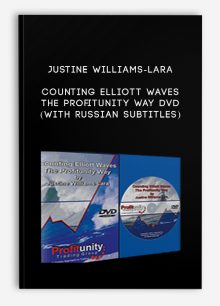-
×
 Writing Your Life Day 1 by Joseph Riggio
1 × $97.00
Writing Your Life Day 1 by Joseph Riggio
1 × $97.00 -
×
 Bar Ipro v9.1 for MT4 11XX
1 × $49.00
Bar Ipro v9.1 for MT4 11XX
1 × $49.00 -
×
 RazorSocial’s – Blogging Blueprint for Success presented by Ian Cleary
1 × $57.00
RazorSocial’s – Blogging Blueprint for Success presented by Ian Cleary
1 × $57.00 -
×
 Dim Mak Secrets 7 DVD set
1 × $62.00
Dim Mak Secrets 7 DVD set
1 × $62.00 -
×
 Mark Jurik - Neural Networks & Financial Forecasting
1 × $17.00
Mark Jurik - Neural Networks & Financial Forecasting
1 × $17.00 -
×
 Native Ads 6-Week Coaching Program by Duston McGroarty
1 × $127.00
Native Ads 6-Week Coaching Program by Duston McGroarty
1 × $127.00
Subtotal: $409.00











king –
We encourage you to check Content Proof carefully before paying.“Excepted” these contents: “Online coaching, Software, Facebook group, Skype and Email support from Author.”If you have enough money and feel good. We encourage you to buy this product from the original Author to get full other “Excepted” contents from them.Thank you!